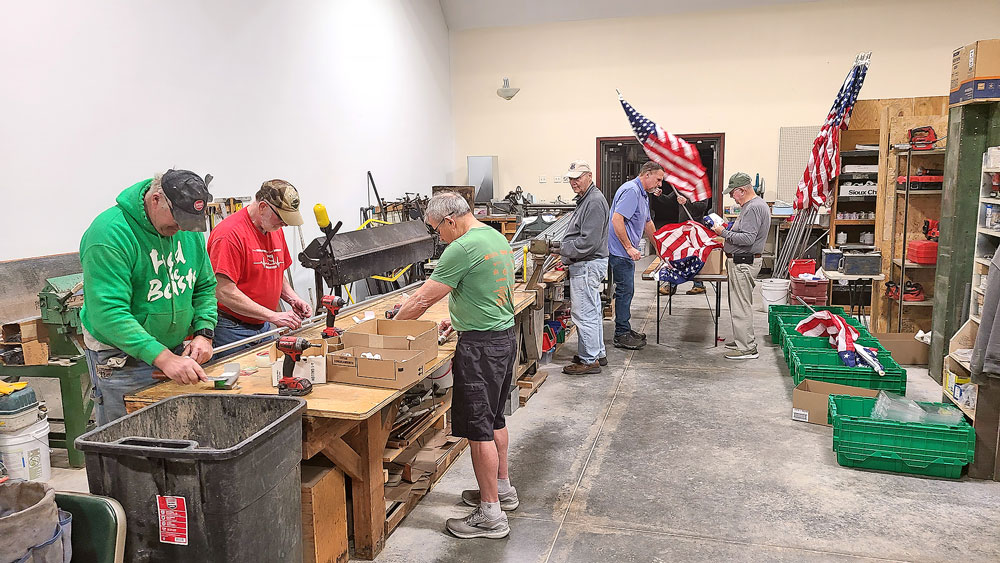Charles City School Board reviews high school renovation finance plan
By Travis Fischer, tkfischer@charlescitypress.com
The Charles City Community School Board hosted an informational session to discuss the financing of a proposed high school renovation project this week.
The district intends to hold a bond referendum as part of the November elections that would allow the district to bond for both a renovation of the high school building and the construction of a new school auditorium.
The proposal would allow the district to repay up to $28.5 million in general obligation bonds that would be sold to pay for the project.
Matt Gillaspie of Piper Sandler Companies headlined a special informational meeting on Tuesday to lay out what that would mean for the taxpayers in the district.
If passed in November, the district would be given the authority to assess an additional $2.70 per $1,000 of assessed taxable valuation in property taxes to make annual loan payments. Taken purely at face value, this may lead property owners to assume that they will have to pay that rate on whatever the assessed value of their property is. For example, a property owner living in a $200,000 home may conclude that they will be taxed $540 per year.
However, Gillaspie said the actual tax depends on the state rollback rate – a figure the state assigns each year to prevent classes of valuations such as residential from rising more than 3% on average across the state.
“The taxable value of your property levy will change in the rollback,” said Gillaspie.
Between property tax rollbacks and homestead credits reducing the taxable valuation of a property, Gillaspie’s estimate that owners of a $200,000 home would only see an increase of $243.41 to their annual taxes if levied at the maximum $2.70 per $1,000.
A recently passed law would see that amount reduced further for senior citizens as property owners over age 65 are now eligible for an additional property tax reduction credit.
Similar calculations likewise impact commercial and agricultural property, reducing the amount collected from the assessed valuation.
The maximum levy may not even be needed to generate the funds needed to make the district’s annual loan payment. While there are limits to how much taxable valuation does increase, those increases will eventually reduce the levy needed.
“As the value of property goes up, the levy rate required to raise the same amount of money to match the bond payment will come down,” said Gillaspie.
The district also has the option of allocating a portion of its annual PPEL revenue to the loan repayment. A significant amount of the district’s PPEL funds are currently being used to pay off the middle school construction cost, but once that is done it could potentially free up money to reduce the levy needed for annual high school loan payments.
“Why not give the taxpayer a bit of a break,” said Gillaspie. “You could do that year by year.”
Overall, even if utilizing the maximum $2.70 per $1,000 amount, the increase in the school levy would keep the district within its historically modest tax rates and Gillaspie commended the school board, both current and past, for balancing the needs of the school with the financial realities of the district.
“For the last 20 years that I have been working with this school district they have been really prudent with the taxpayer dollar,” said Gillaspie.
“The district is in a fiscally responsible position right now,” said Superintendent Dr. Anne Lundquist. “It is entirely feasible to increase our tax rate and still be within the average for the state.”
The informational meeting was attended only by a few community members beyond the school board, but all of the information provided, along with a recording of the meeting itself, will be available on the school website.
“I thought the financial advisor did a great job of explaining it in understandable terms,” said Charles City Mayor Dean Andrews, who is also active on the committee supporting the construction of the new auditorium.
The school district will need 445 signatures to put the bond measure on the November ballot. Petitions are being circulated and can be picked up at the district office or downloaded and printed from the school website.








Social Share